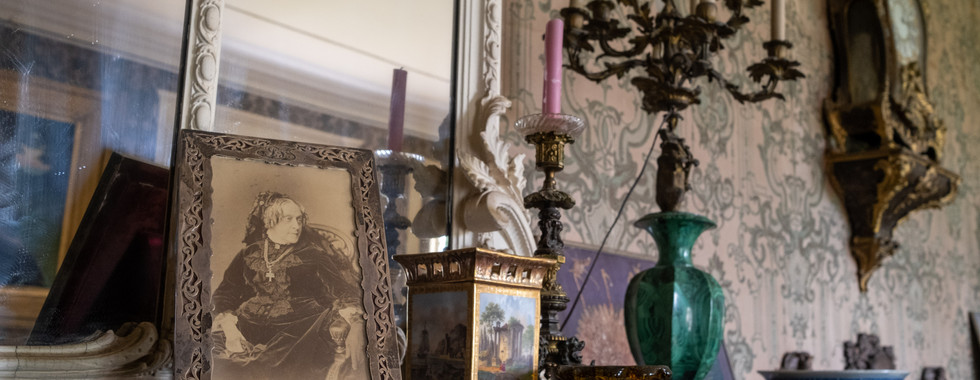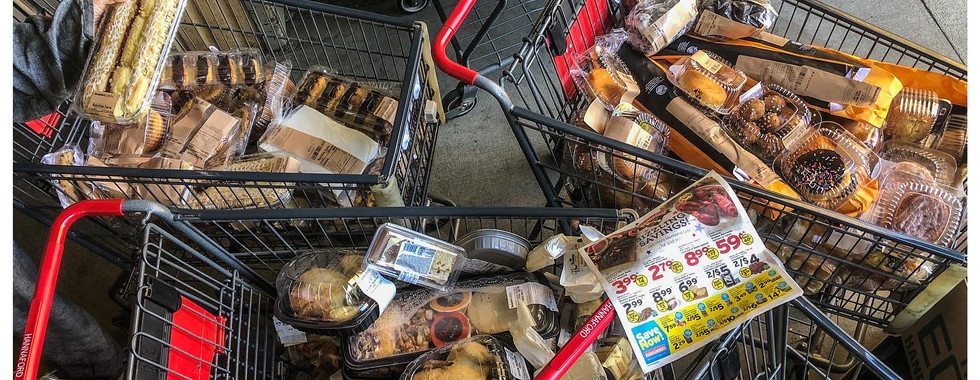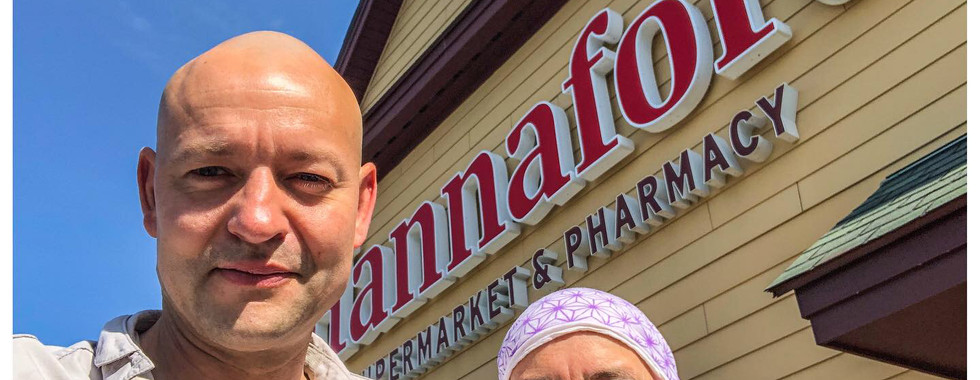Rokeby Farm
- Stanislas Wang-Genh

- Jun 4, 2022
- 5 min read
Updated: Jun 5, 2022

Dear sangha, family, friends and people I met along the way,
This blog post is a direct follow-up to the last one.
At Zen Mountain Monastery, I briefly meet Esho, an Australian Zen nun who normally lives in Japan, at Tōshōji Temple (Okayama), with her master Seidō Suzuki roshi. Unable to return there since the damn bug is wreaking havoc around the world, she travels between Europe and the United States.
We barely have time to chat. On the way out, she tells me about a farm where she lives for the moment. Rokeby Farm (pronounced Rokebi).
The next day, after five days of practice at the monastery, I get on Zouzou* and head back to Bard College.
*The temporary name given to my bike, in homage to the cantankerous little black cocker spaniel, found by my uncle in a campsite in the south of France in the late 80s. If the beast could be untamable with others, it had fallen in love with my uncle and became a true companion on the road.
Two or three miles from campus, I stop at a bend in the road to take a drink of water. The heat is muggy. Even my bike is sweating. Above my head, I see a beautiful wooden sign hanging from a wrought-iron metal pole. The inscription, with petroleum blue lettering on an off-white background, reads: "ROKEBY FARM - Est. 1815 - ".
Effects of the chance, it is here that Esho resides.
The afternoon of this same day, she invites me to the farm for a snack at Ricky's, the owner of the place. A dozen students are also expected as well as Myoko, another Zen nun who also lives on Rokeby and who has been animating zazen sessions at Bard College for over 20 years. Esho and Myoko know each other. They are Dharma sisters - as we say at home - that is to say, they belong to the same sangha.
Introductions and cross talk around a massive table, full of sweets that people have brought. The students are bright, interesting and jovial, but the interior of this house makes me lose track of the conversations. On these walls covered with embossed tapestries, portraits of forefathers, painted in oils. On the period furniture that litters the room, art objects of all kinds, trinkets, bronzes, framed photographs, grigris, Limoges crockery, peacock feathers, candlesticks, pearly opium pipes, brass musical instruments, busts of illustrious European or perhaps American characters.
A little later, I learn that we are in one of the 43 rooms of this 200 year old building. Ricky gives us a tour. It is unusual, we ask to make photos.
In the passage of every door frame, it is the wonder. All the history of his family is visually told by all these accumulated treasures.
In the middle of a living room, two pianos are placed head to foot. A Korean student sits at one of them and plays a melancholic version of Where is my mind by the Pixies. Ricky talks to a small group of people, while I get lost in the shapes and colors. We enter the museum's sanctuary, a gothic library carved from solid wood. The walls are covered with old books, certainly very rare. One of them is placed on a majestic desk in the center of the room. It is a handwritten book in Armenian.
On this 450 acres property, Ricky rents most of his houses to 13 artists, including a Polish shaman, a violinist - a Tom Waits look-alike, a sculptor, a poet, a gardener, novelist, two Zen nuns, etc. This is also where the giant puppets for the New York City Halloween parade are made.
For more information on this unusual place, I suggest you read this NY Times article (dated 10 years ago). A real family epic that reads like a short story. We learn that the Astors lived there, that Ricky is the eldest of the 9th generation of descendants. Today, he is one of the heirs of this family that once made its fortune in the fur trade and NY City real estate. Ricky speaks 6 languages. Every morning he reads the international press at length. He graduated from Harvard in classics and government and later he studied history in Poland and Belgrade. He also lived in the East Europe during the cold war. A very laconic biography, to describe the life of this man who impresses me at every glance.
In the evening, Myoko and Esho propose me to come to the campus for the last zazen session of the year with the students. It takes place in the Center of Spiritual Life, a building which houses a Buddhist meditation room, a prayer room for Muslims, another for Jews, and a last one for Christians. Something unimaginable in France where only secularism is the rule.
It warms my heart to see this. The meditation room remains open and students arrive when they can, after a class or a moment of study. There are about thirty of us doing zazen in this very well laid out place. Among them, Jews, Muslims, Catholics and atheists.

At the beginning of the session, Myoko read a passage from Shunryu Suzuki's book, Zen Mind, Beginner's Mind. Then after forty minutes of sitting in silence, we chanted a sutra and made three prostrations towards the altar. To close this moment of unity and sharing, those who wish can go and offer incense to the Buddha.
I am surprised to see the attention with which the students practice the ceremonies, rituals and prostrations. Myoko told me that in the next school year, she will introduce them to Ryaku Fusatsu, the ceremony of repentance.
In France, it is different. If some people like the ceremonies and rituals, others see them as gestures of adoration or submission. It is more the sitting that interests them.
Zazen sessions take place all year round, several times a week. And this sangha is organized enough today to prepare a small snack after the evening sessions. We were able to exchange with the students, very curious to discover the Zanmai project. It was a very warm moment.

The next morning, Myoko proposes us to participate in her weekly mission, the collection of foodstuffs in a local hypermarket. Ricky is on board. He drives.
Guys, what a mess! It's enough to make you cry.
Whether it's past the expiration date or slightly damaged packaging, the food ends up in rolling carts. They are then taken to the back of the building, away from prying eyes. Final destination: huge containers.
We then intervene in the chain of destruction to intercept these foodstuffs which will make the joy of the inhabitants of the poor districts of Kingston.
Red and white meat, fruits, vegetables, dairy products, cakes, pastries, bread, the whole trick is in the arrangement of the boxes in the car. We fill it up so much that we can't close the trunk and the doors.
Everyone should experience this at least once in their life to realize the delights of our globalized system. If the main facade of the hypermarket lets us believe in a successful dream, based on sharing and opulence, this ideal comes at a price whose indecency can be appreciated in the back part of the building.
These experiences and encounters mark this first step in the state of NY. Soon I will take the road again towards what is unknown to me, in direction of Buffalo which is 600 km away.
To be continued...











































Comments